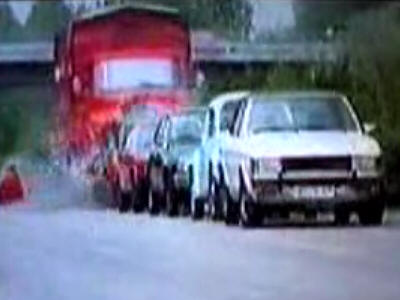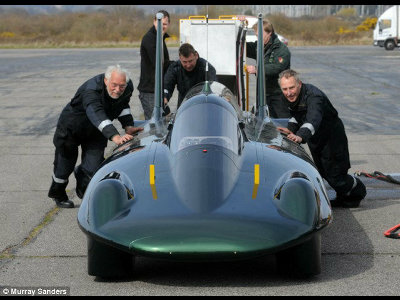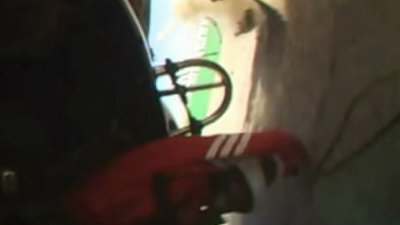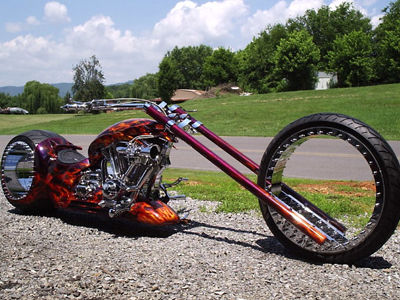How will the fuel consumption of a car change when lowering air resistance?
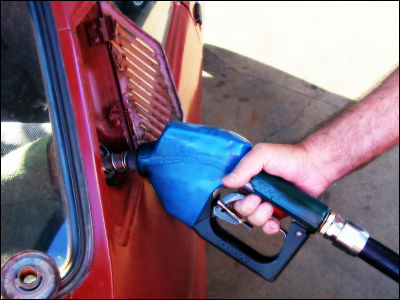
Reducing the air resistance makes it unnecessary to use unnecessary energy to run, so it can lower fuel consumption ... ... that is common sense when designing airplanes and motorbikes, not only for cars. To that end, the designer wields wisdom and designs a streamlined body that seems to have less air resistance, but how much does fuel cost change by lowering air resistance at all? Let's take a look at the actually verified movie.
Details are below.
How much air resistance affects fuel economy? Concave surface like golf ball on the surface (dimple) I made a car with a verification.
VIDEO: Mythbusters test golf ball-like dimpling effect on fuel economy (* Spoiler Alert! *) - Autoblog

The difference between ordinary balls and balls with dimples. In a normal ball like the left side, a low pressure part occurs just behind the ball and the force pulling the ball behind works. On the contrary, in the ball with the dimple on the right side, the low pressure part is hard to occur and the resistance is low.

Put the car model in the aquarium. It was like this when I looked into it. A whirlpool is generated behind a car with a smooth surface on the left side, whereas with a car with a dimple on the right side, air flows smoothly all the way back.
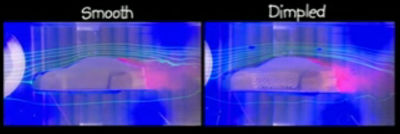
Prepare for experiment by sticking clay board to ordinary passenger car.

Apart from the built-in gasoline tank, load the gasoline tank for measurement into the trunk.
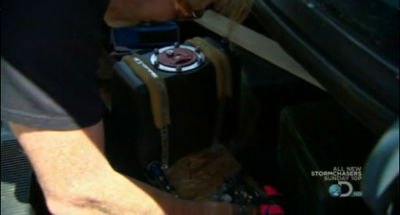
First we started the experiment with a car just pasted clay board. At the moment when it crosses the start line of the test course, we are conducting more precise measurement by switching to gasoline tank for measurement.
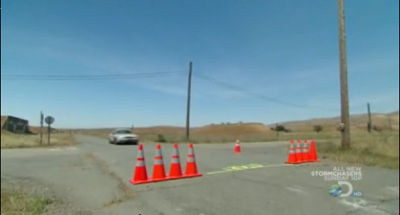
Next, let the dimples open on the clay board.
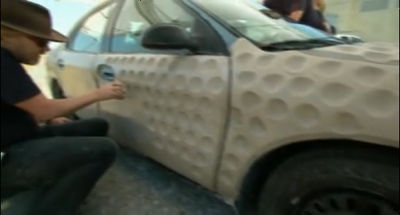
There were lots of holes. By the way, all the clay that I scraped is gathered and mounted on the back seat so that the weight does not change.
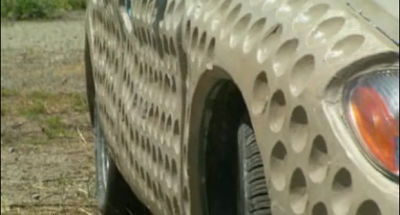
Then start the experiment again.

As described above, the fuel economy of a car without dimples was about 11 km per liter, whereas when measuring with a passenger car of exactly the same condition except the presence or absence of dimples, in the case of a car with dimples attached to reduce air resistance About 12.3 km per literApproximately 10% improvementAnd that. I feel that it will improve even more by optimizing the position and size of the dimple.
Related Posts:
in Video, Posted by darkhorse_log

